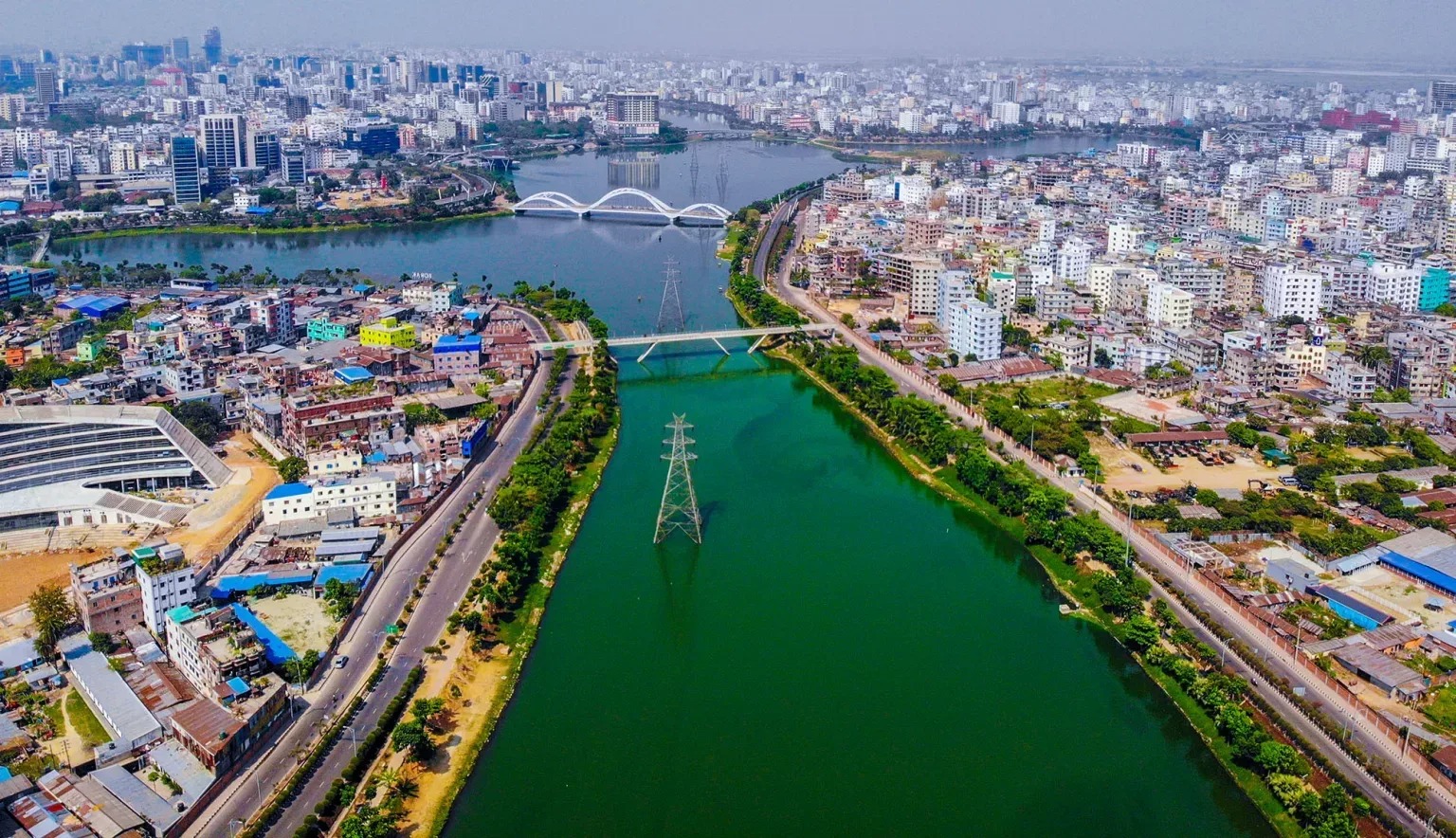The Nature of Bangladesh is a vibrant and diverse ecosystem that supports a wide variety of flora and fauna, from dense mangrove forests and sprawling wetlands to rolling hills and expansive river systems. Preserving this rich natural heritage is critical not only for environmental balance but also for the well-being of millions of people who depend on these ecosystems. Conservation plays a pivotal role in safeguarding the Nature of Bangladesh against threats like deforestation, pollution, and climate change. In this article, we will explore the importance of conservation efforts, the current challenges facing the Nature of Bangladesh, and how sustainable practices can ensure that this precious environment thrives for generations to come.
Understanding the Importance of Conservation for the Nature of Bangladesh
The Nature of Bangladesh is not just a source of natural beauty but a vital part of the country’s ecological health and economy. Forests, wetlands, and coastal areas provide essential services such as carbon sequestration, flood control, and habitat for wildlife. The Sundarbans, the largest mangrove forest in the world, is a prime example of how conservation protects endangered species like the Royal Bengal Tiger while maintaining coastal protection from storms and erosion. Preserving the Nature of Bangladesh ensures the survival of biodiversity, sustains livelihoods, and contributes to climate resilience, making conservation efforts indispensable.
Major Threats to the Nature of Bangladesh
Despite its richness, the Nature of Bangladesh faces numerous threats that jeopardize its future. Rapid urbanization and population growth have led to deforestation and habitat fragmentation, diminishing the natural cover. Pollution from industrial activities and agriculture contaminates waterways and soil, impacting aquatic life and human health. Climate change exacerbates these problems by increasing the frequency of natural disasters such as floods, cyclones, and rising sea levels, which particularly threaten coastal ecosystems and low-lying areas. Addressing these challenges through conservation is critical to preserving the Nature of Bangladesh in its full glory.
Key Conservation Efforts in Bangladesh
Protected Areas and National Parks
To safeguard the Nature of Bangladesh, the government and various organizations have established protected areas such as national parks, wildlife sanctuaries, and eco-parks. The Sundarbans Reserve Forest is a UNESCO World Heritage Site with strict regulations to protect its unique mangrove ecosystem. Similarly, Lawachara National Park and Sajek Valley in the hill tracts preserve important forest habitats and promote eco-tourism. These protected zones serve as refuges for endangered species and play a crucial role in maintaining the natural balance of the Nature of Bangladesh.
Community-Based Conservation
Local communities are at the heart of conservation efforts that protect the Nature of Bangladesh. Programs encouraging sustainable agriculture, reforestation, and responsible fishing help reduce human impact while supporting livelihoods. Community forestry initiatives empower villagers to manage forest resources sustainably, ensuring the Nature of Bangladesh remains intact while providing economic benefits. Education and awareness campaigns also engage locals in conservation, fostering a sense of stewardship for their natural surroundings.
Environmental NGOs and International Support
Many non-governmental organizations (NGOs) are active in conserving the Nature of Bangladesh, collaborating with government bodies and international partners. These groups work on projects ranging from tiger conservation in the Sundarbans to wetland restoration and pollution control. International funding and expertise help enhance conservation strategies, monitor ecosystems, and implement sustainable development models that protect the Nature of Bangladesh effectively.
Why Choose Us to Support Conservation and Explore the Nature of Bangladesh?
When you travel with us, you are not just exploring the spectacular Nature of Bangladesh — you are contributing to its preservation. Our tours are designed with conservation principles in mind, ensuring minimal environmental impact and promoting awareness among travelers. We collaborate closely with local communities and conservation organizations to support sustainable tourism. By choosing us, you participate in protecting the Nature of Bangladesh through responsible travel, helping to fund conservation projects and empowering the people who protect these vital ecosystems.
Frequently Asked Questions about Conservation and the Nature of Bangladesh
1. How can tourism support the conservation of the Nature of Bangladesh?
Sustainable tourism generates revenue for conservation projects and local communities, raising awareness and incentivizing protection efforts.
2. What endangered species does conservation in Bangladesh focus on?
Key species include the Royal Bengal Tiger, Asian elephants, gharial crocodiles, and numerous rare birds native to Bangladesh’s forests and wetlands.
3. Are there opportunities for visitors to participate in conservation activities?
Yes, some eco-tourism programs offer volunteering options like tree planting, wildlife monitoring, and community education.
4. How does climate change affect the Nature of Bangladesh?
Climate change increases flooding, cyclones, and sea level rise, threatening coastal and inland ecosystems crucial to biodiversity.
5. What can individuals do to help preserve the Nature of Bangladesh?
Support sustainable tourism, reduce plastic use, respect wildlife habitats, and contribute to organizations working for environmental protection.
The Future of Conservation in Bangladesh
The Nature of Bangladesh holds immense ecological, cultural, and economic value, making its conservation a national priority. Future strategies emphasize integrating conservation with development to balance human needs with environmental protection. Innovations in renewable energy, pollution control, and climate adaptation will play vital roles. Strengthening community participation and international cooperation will also enhance the effectiveness of conservation. Preserving the Nature of Bangladesh is a shared responsibility that requires ongoing commitment from governments, NGOs, communities, and travelers alike.



